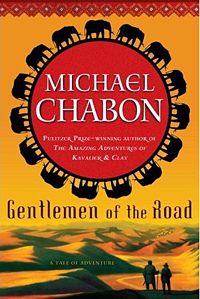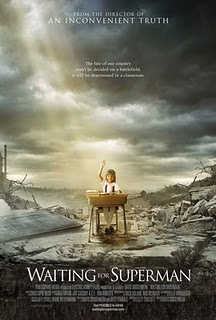 Today's instrument is one of Partch's first forays into the world of percussion. When he was presenting his music around New York City in 1943 and 1944, one of the most frequent criticisms he received was that his music lacked rhythmic interest. Many seemed to feel that Partch concentrated too hard on pitch to the exclusion of rhythm.
Today's instrument is one of Partch's first forays into the world of percussion. When he was presenting his music around New York City in 1943 and 1944, one of the most frequent criticisms he received was that his music lacked rhythmic interest. Many seemed to feel that Partch concentrated too hard on pitch to the exclusion of rhythm.So when he arrived in Madison, Wisconsin, Partch set to work adding some "rhythmic interest" by creating percussion instruments. One of the first fruits of this new focus was the diamond marimba.
Before describing that instrument, I need to make a slight detour. One of Partch's great contributions to microtonal theory was his formulation of the tonality diamond. In the diamond, he took his starting pitch (a G for him) and built chords of six pitches above it following the overtone series to the 11th limit (which he called otonalities) and then built chords of six pitches flipping the overtone series and going down (which he called utonalities). He then arranged these in a diamond shape with the starting pitch (that G) in the middle and the otonalities moving up towards the right and the utonalities moving down towards the right, resulting in 29 pitches altogether. It looks like this:

(Here's a website where you can listen to the various pitches.)
Right up the middle, you can see the same pitch rendered in the various limits - 1/1, 3/3, 5/5, etc. Recognize this shape? Yes, the diamond marimba is nothing more than the tonality diamond come to life with a few modifications for ease of playing. Partch worked with Warren E. Gilson in Madison to create the instrument, making the blocks out of Brazilian rosewood and Pernambuco, mounting them on thin foam rubber, placing resonators of Brazilian bamboo below the blocks, and holding the entire thing together on a stand of white pine with bronze posts supporting it.
Here's the beginning of Partch's song "The Waterfall." You'll hear the diamond marimba make runs as well as the sweeping chords that are its most distinguishing characteristic:




1 comment:
You can play a virtual diamond marimba here:
http://home.comcast.net/~prodgers13/Sub_Pages/DiamondMarimba.html
Post a Comment